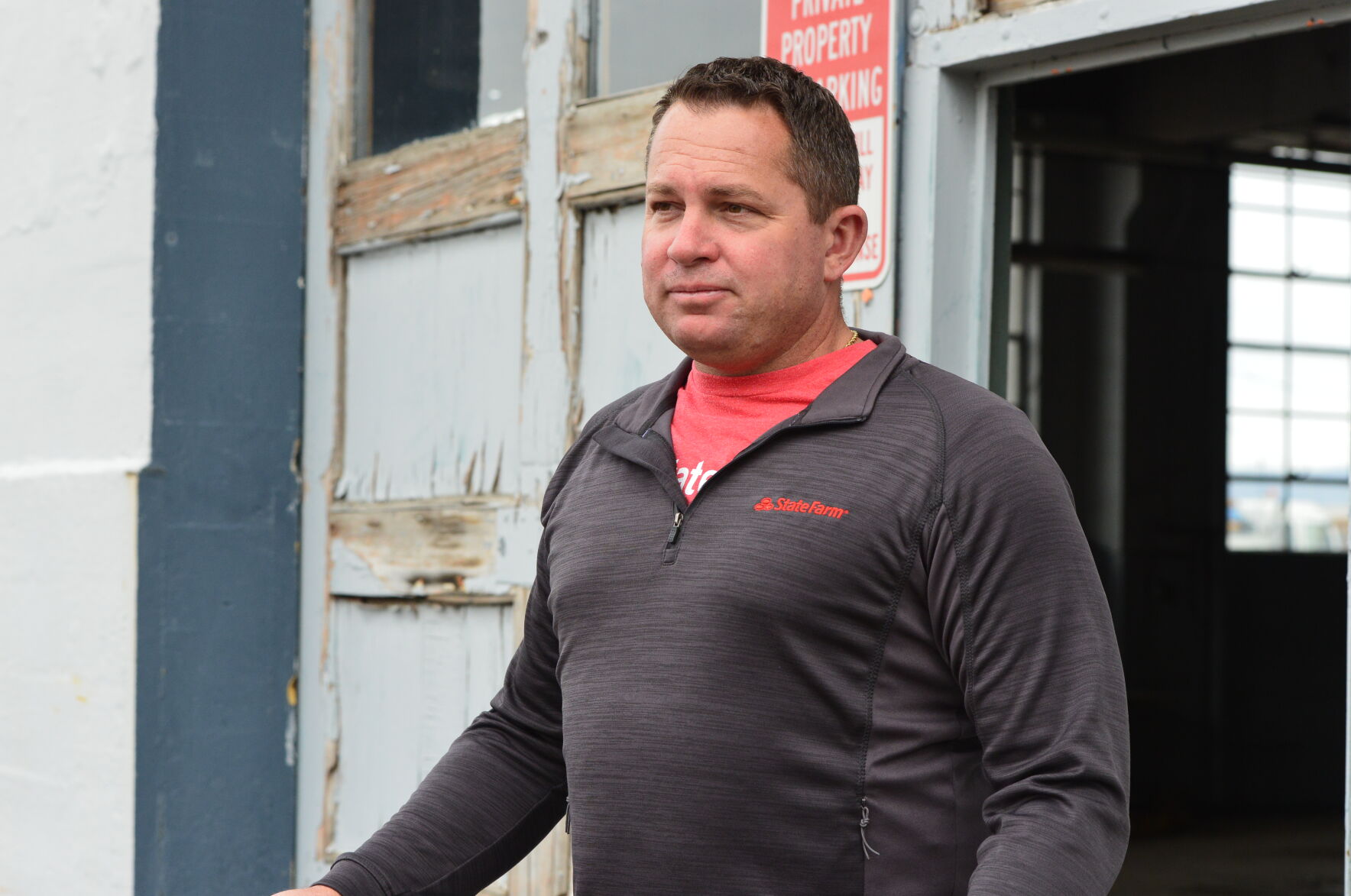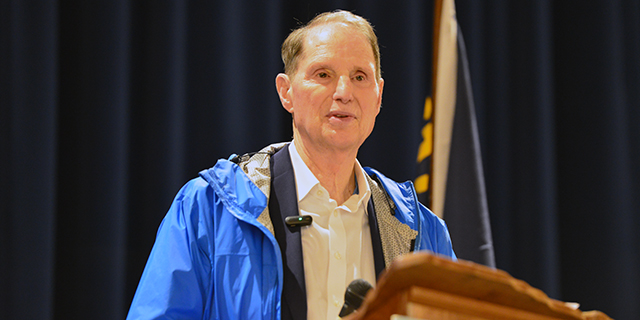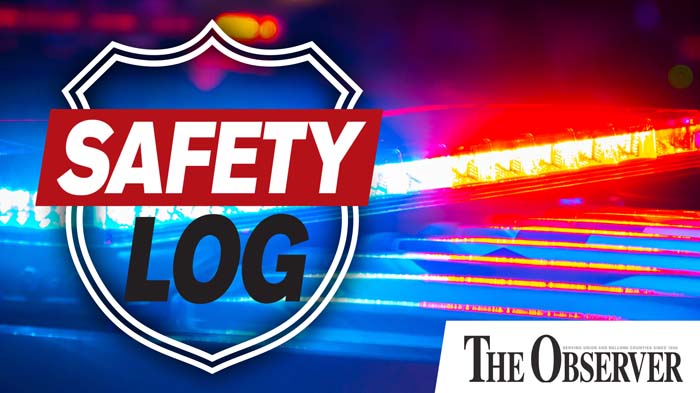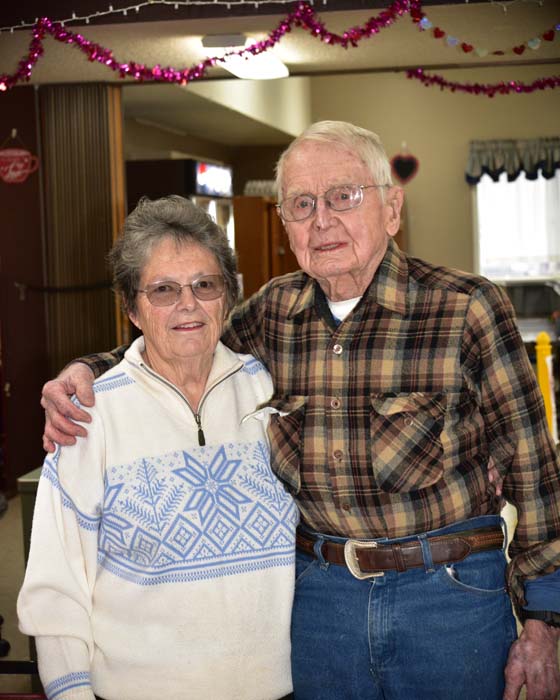Who were the Blue Mountain Boys?
Published 9:44 am Thursday, February 23, 2012
Mel Elder of La Grande did not know what to expect when he agreed to meet a man on the front steps of the old Union County courthouse five decades ago.
The individual was about to add a most memorable chapter to Elder’s life.
The man, who Elder knew, blindfolded him and drove him to an undisclosed location. The blindfold was then removed and Elder soon learned a secret, one he and many others were to keep for decades.
A secret revealed for the first time publicly by Elder on Friday. More on this later.
Elder was initiated that day in the mid-1950s as a member of the Blue Mountain Boys, a mysterious group who dressed as hillbillies and entertained people throughout the state at parades and conventions for about 30 years through the mid-1980s.
All its members wore bib overalls, black beards and large black hats. Several carried black powder rifles that were used to fire blanks during parades. The group was accompanied by their dilapidated-looking 1925 truck they called “The Mash Mangler,” one made to look like it had a still in the back.
Elder, after his blindfold was taken off that day five decades ago, was offered a chance to join the Blue Mountain Boys. He did not hesitate to accept the invitation.
“I was pretty honored to be asked,” he said.
Before being initiated, Elder had to agree to abide by the Blue Mountain Boys’ bylaws, one of which said he could never reveal the identities of the members of the Blue Mountain Boys.
The Blue Mountain Boys were known throughout the region, yet nothing was known about the members’ identities due to their secrecy bylaw and because their outfits disguised them. Elder said the voices of Blue Mountain Boys members never betrayed their identities because they said little during their appearances and when they did speak they altered how they talked.
Indeed, the names of Blue Mountain Boys were one of the Grande Ronde Valley’s most carefully guarded secrets, carefully guarded, that is, until now.
Elder released the names on Friday. A handwritten list he provided to The Observer indicates that the group was comprised of himself and the following men: Bill Thomas, Powell Graham, Don Ragsdale, Karl Lacer, Emerson Smock, Jerry Bingner, Jack Beck, Harold Lawerence, Honce Snodgrass, Clark Hiatt, Jack Brown, Charles Reynolds, Bob Barnes, Jim Evers and Clint Smith. Elder said Smith was known as grandpappy, because he took on the role of a grandfatherly figure even though he was not older than the rest.
The men listed by Elder all joined the Blue Mountain Boys during the first two years of the group’s existence. His list does not include the names of men who joined much later. Elder said his list is complete to the best of his knowledge but said their may be omissions. Almost all the Blue Mountain Boys were La Grande residents and, unfortunately, many have since died.
The Blue Mountain Boys were easygoing and enjoyed their celebrity status, one enhanced by their anonymity.
“It was a real fun group. We were known statewide,” Elder said.
Some people suspected Elder of being a Blue Mountain Boys member, but he said he always denied it.
Jim Wiseman, who has lived in La Grande since 1944, said the Blue Mountain Boys were always a highlight at parades, even one that was part of the Rose Festival in Portland.
“They were always good for a chuckle,” Wiseman said.
Elder said the primary reason the Blue Mountain Boys were created was to serve as ambassadors for La Grande. At the time, La Grande hosted many conventions at the old Sacajawea Hotel and the Blue Mountain Boys traditionally greeted those attending them. Once, the Blue Mountain Boys even greeted an Oregon governor.
Elder, who owned Grand Ronde Sign Co. for 35 years, decided to release the names of the Blue Mountain Boys because he wanted to add to the legacies of the group’s members.
“It will be nice for them to be remembered.”





